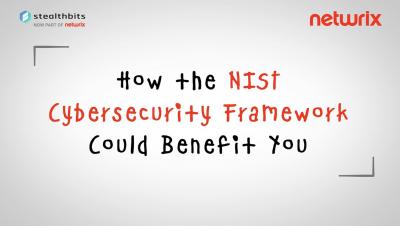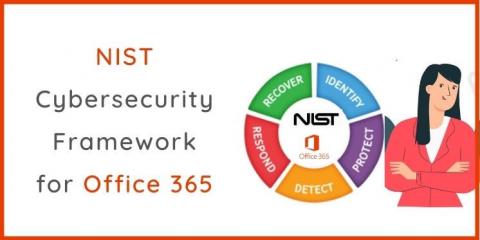Security | Threat Detection | Cyberattacks | DevSecOps | Compliance
NIST
Is NIST Mandatory?
You don’t have to spend a long time in the cybersecurity and information technology world before someone brings up NIST compliance. Since the agency’s inception in 1901 — yes, it’s that old — the National Institute of Standards and Technology has been trusted as the guardian of all proper measurements and standards, including cybersecurity standards meant to increase data security. NIST, which these days is part of the U.S.
How to Apply the Risk Management Framework (RMF)
The Risk Management Framework (RMF) is most commonly associated with the NIST SP 800-37 guide for “Applying the Risk Management Framework to Federal Information Systems: A Security Life Cycle Approach,” which has been available for FISMA compliance since 2004. It was updated in December 2018 to revision 2. This was the result of a Joint Task Force Transformation Initiative Interagency Working Group; it’s something that every agency of the U.S.
What is Cybersecurity Risk Management?
Every time you log on to the Internet, you put your IT systems and the data you handle at risk. At the same time, it’s also impossible to run a successful business without going online, so a key element of modern business management is a strong cybersecurity risk management program. Why? Because the only people in the cybersecurity field working harder than software engineers are the criminals trying to find a new way to breach the latest network security measures.
What Is NIST?
NIST is the abbreviated name of the National Institute of Standards and Technology. It’s one of many federal agencies under the U.S. Department of Commerce, and is one of the oldest physical science laboratories in the United States. As a non-regulatory government agency, NIST was originally founded to enable greater industrial competitiveness in the United States. Its focus stems from the mantra, “One cannot manage what is not measured.
A Complete Guide to NIST Compliance
NIST compliance is mandatory for federal contractors, but there is a lot of confusion around it. Without it, chances of getting those big projects in the government are significantly skewed. So what is NIST compliance exactly?
What Is NIST SP 1800-27: Securing Property Management Systems?
In 2019, the hospitality industry suffered 13 percent of all data breaches, ranking third highest among targeted industries. It was two years later when NIST released SP 1800-27: Securing Property Management Systems to help hoteliers secure their Property Management Systems (PMS) and associated patron data.
NIST SP 800-172 (Formerly SP 800-171B) Release Couldn't Come at a Better Time
NIST’s timely new release of Special Publication (SP) 800-172 (formerly referred to in draft form as 800-171B) provides exactly what its title says, Enhanced Security Requirements for Protecting Controlled Unclassified Information: A Supplement to NIST SP 800-171. Yet it goes a step further to protect controlled unclassified information (CUI) specifically from APTs.
What Is the NIST Cybersecurity Framework?
With cyber threats rapidly evolving and data volumes expanding exponentially, many organizations are struggling to ensure proper security. Implementing a solid cybersecurity framework (CSF) can help you protect your business. One of the best frameworks comes from the National Institute of Standards and Technology. This guide provides an overview of the NIST CSF, including its principles, benefits and key components.
NIST Cybersecurity Framework for Office 365
With more than a decade long history of businesses adopting cloud computing, less than one-third of the enterprises have a documented cloud strategy as per Gartner's estimation. Despite the increased migration to cloud security, we discussed the top cloud security risks that security experts are afraid of today.







